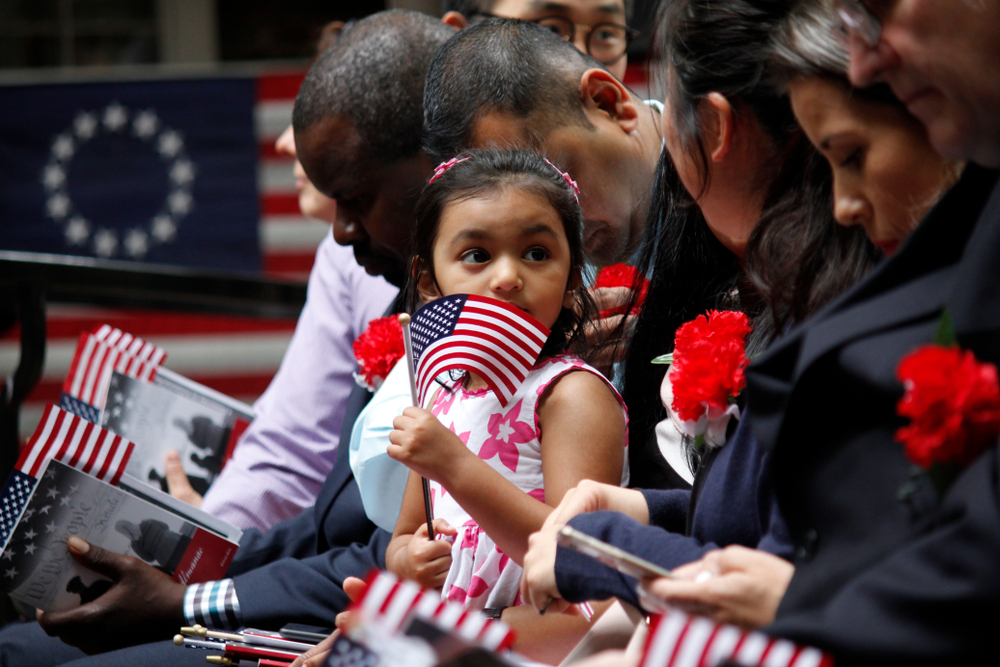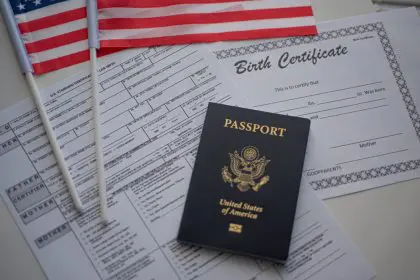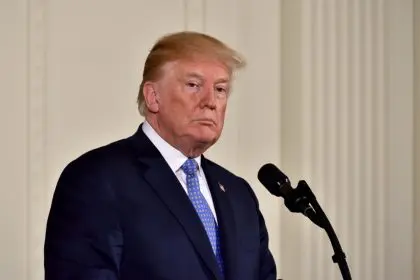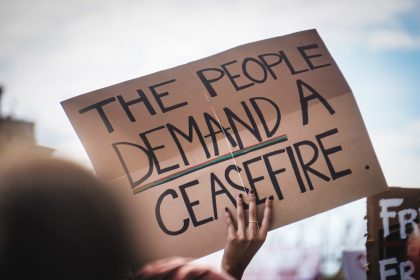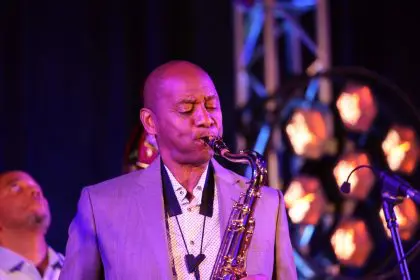Decision limits federal judges’ power to block Trump’s citizenship order nationwide
A landmark Supreme Court decision has ignited fierce debate across the nation as the justices voted 6-3 to restrict federal courts’ ability to issue sweeping nationwide injunctions. The June 27, 2025 ruling represents a pivotal shift in judicial authority that could reshape how controversial government policies are challenged and implemented across America.
The case emerged from legal challenges to President Donald Trump’s executive order targeting birthright citizenship, which seeks to deny automatic American citizenship to children born to undocumented immigrants and temporary visa holders. While Trump has characterized the court’s decision as a major victory for his administration, legal scholars warn the implications extend far beyond immigration policy.
The court’s narrow focus
The Supreme Court’s ruling addressed procedural questions rather than the substance of Trump’s citizenship directive. The justices determined that lower federal courts had exceeded their constitutional authority by issuing universal injunctions that prevented the executive order from taking effect nationwide, including in states that never participated in legal challenges against the policy.
Justice Amy Coney Barrett, writing for the conservative majority, argued that such broad judicial interventions likely surpass the powers Congress intended to grant federal courts. The decision establishes that while judges retain authority to protect individuals who directly challenge government actions, they cannot unilaterally halt federal policies across all 50 states based on objections from a handful of jurisdictions.
This procedural distinction carries enormous practical consequences. Previously, a single federal judge could effectively pause a contentious policy nationwide, providing uniform protection for affected individuals regardless of their location. Under the new framework, policies may be enforced in some states while remaining blocked in others, creating a complex patchwork of rights and protections.
Constitutional questions persist
Trump’s executive order, signed on his first day in office, challenges more than 150 years of constitutional interpretation. The directive asserts that children born on American soil do not automatically receive citizenship if their parents lack legal status or hold temporary visas.
This position directly contradicts the 14th Amendment’s Citizenship Clause, which declares that all persons born or naturalized in the United States, and subject to the jurisdiction thereof, are citizens of the United States. Ratified in 1868, this amendment was specifically designed to overturn the Supreme Court’s infamous Dred Scott decision, which had denied citizenship rights to Black Americans.
The amendment’s language has been consistently interpreted by courts, legal scholars, and government agencies to establish birthright citizenship as an automatic right for virtually all children born within American borders. The few exceptions involve children of foreign diplomats and enemy soldiers during wartime, categories that legal experts say do not apply to the populations targeted by Trump’s order.
Initially, three federal judges across different jurisdictions issued nationwide injunctions blocking Trump’s citizenship directive. These orders effectively suspended the policy’s implementation while constitutional challenges proceeded through the courts. However, following the Supreme Court’s procedural ruling, the executive order can now be enforced in approximately 20 states that did not file lawsuits against it.
Immediate consequences
The practical effects of this legal shift are already becoming apparent. In states where no lawsuits were filed, government agencies may begin implementing Trump’s citizenship restrictions, potentially affecting birth certificate issuance, passport applications, and other documentation processes for newborns whose parents lack permanent legal status.
Meanwhile, in states like California, New York, and others where legal challenges remain active, the policy remains temporarily blocked for 30 days. This grace period allows attorneys general and advocacy groups to pursue additional legal strategies, including appeals to higher courts and requests for more narrowly tailored injunctions that comply with the Supreme Court’s new standards.
The geographic disparities created by this ruling could lead to significant confusion and hardship for affected families. Children born in different states may face vastly different citizenship outcomes based solely on their birthplace, potentially creating a two-tiered system of rights that varies by jurisdiction.
Broader implications for federal power
Legal experts emphasize that this ruling’s significance extends well beyond immigration policy. By limiting courts’ ability to issue nationwide injunctions, the Supreme Court has effectively reduced one of the primary mechanisms for challenging federal overreach across multiple policy areas.
Future executive orders addressing abortion access, environmental regulations, LGBTQ+ protections, voting rights, and other contentious issues may face fewer obstacles to implementation in states that choose not to challenge them legally. This shift could accelerate the development of dramatically different policy landscapes across different regions of the country.
Justice Sonia Sotomayor’s dissenting opinion highlighted concerns about the ruling’s impact on equal protection principles. She argued that the majority’s decision undermines historical precedents for providing uniform judicial relief and could leave vulnerable populations without adequate legal protections in jurisdictions that lack the resources or political will to challenge harmful federal policies.
Looking ahead
While Trump’s administration celebrates this procedural victory, the fundamental constitutional questions surrounding birthright citizenship remain unresolved. Legal challenges to the executive order continue in multiple jurisdictions, and the Supreme Court may ultimately need to address the substantive constitutional issues at stake.
The next 30 days will prove crucial for civil rights organizations, state attorneys general, and affected families as they navigate this new legal landscape. Immigration advocates are already developing strategies to challenge the policy through alternative legal mechanisms that comply with the court’s procedural requirements while still providing meaningful protection for vulnerable populations.
This ruling marks a significant moment in the ongoing tension between federal power and judicial oversight, with consequences that will likely reverberate through American law and policy for years to come.

